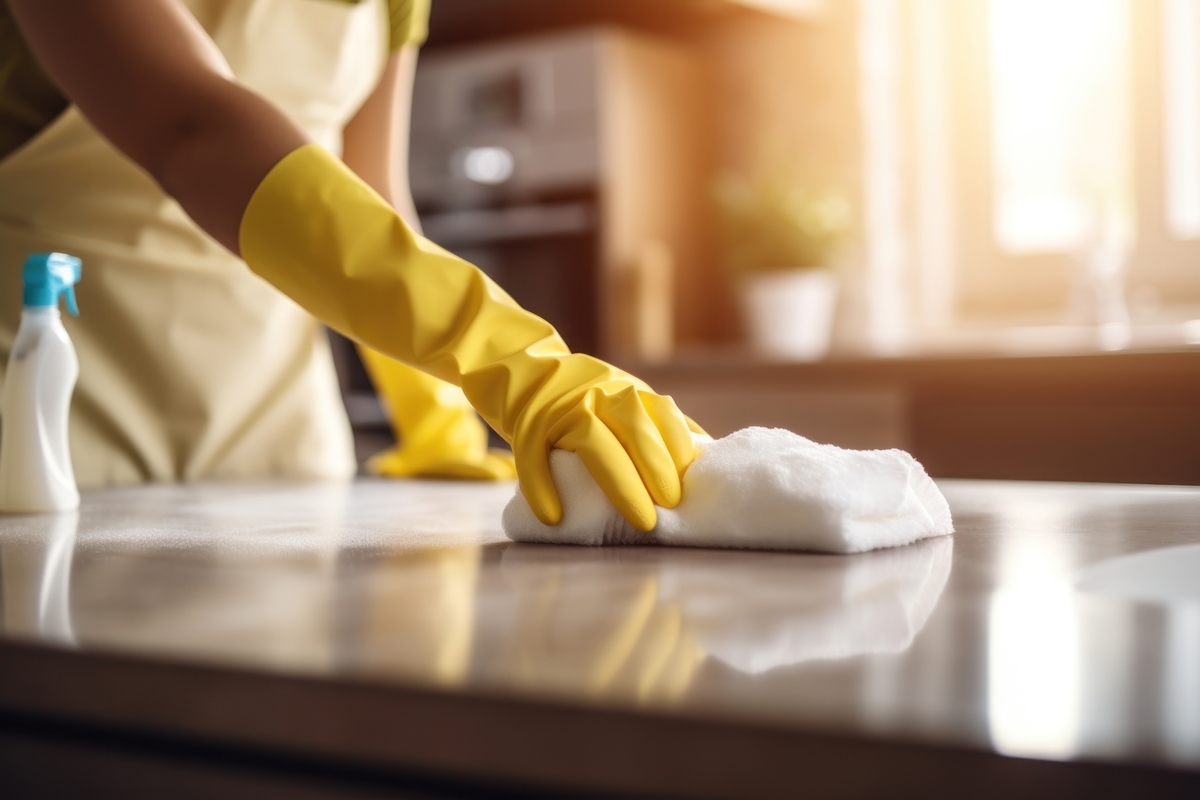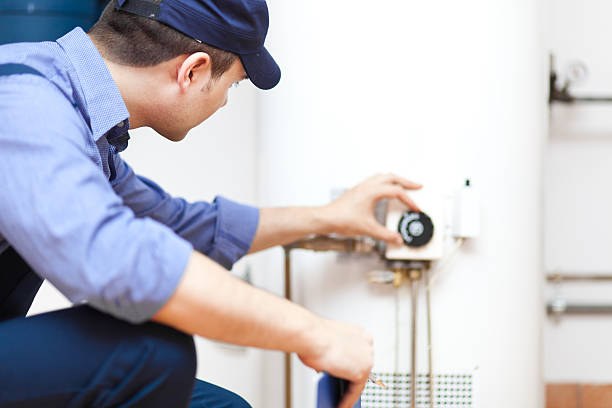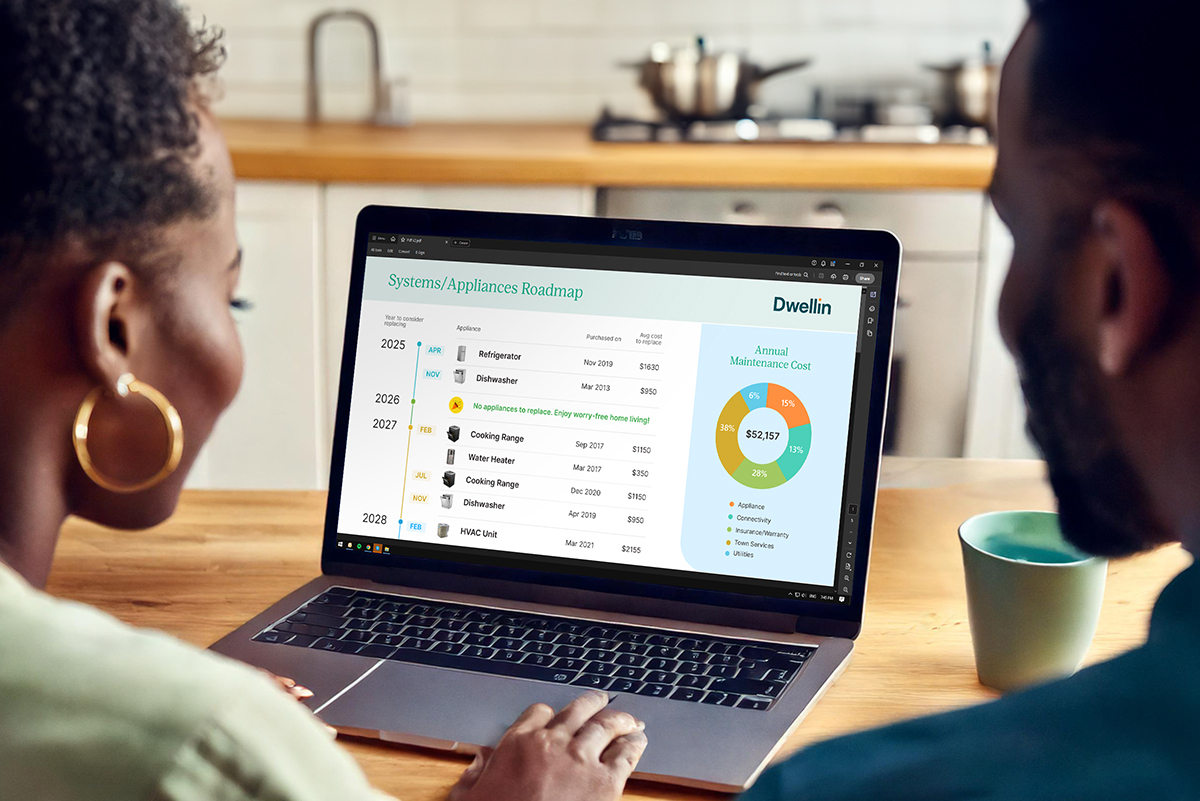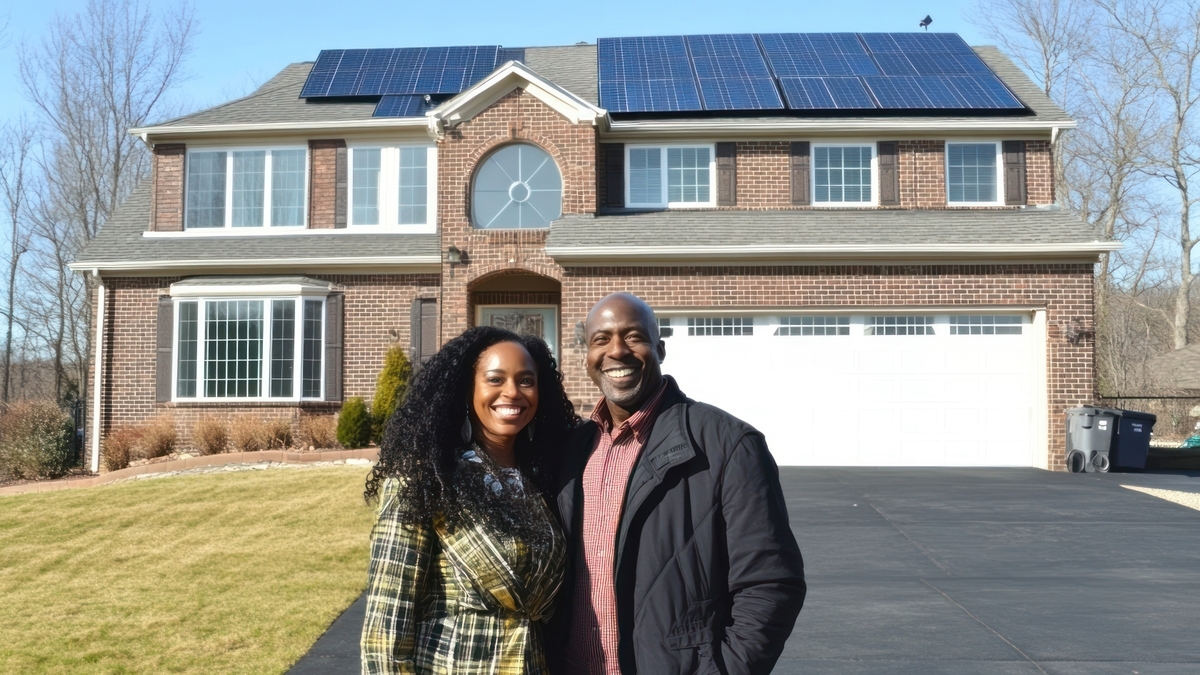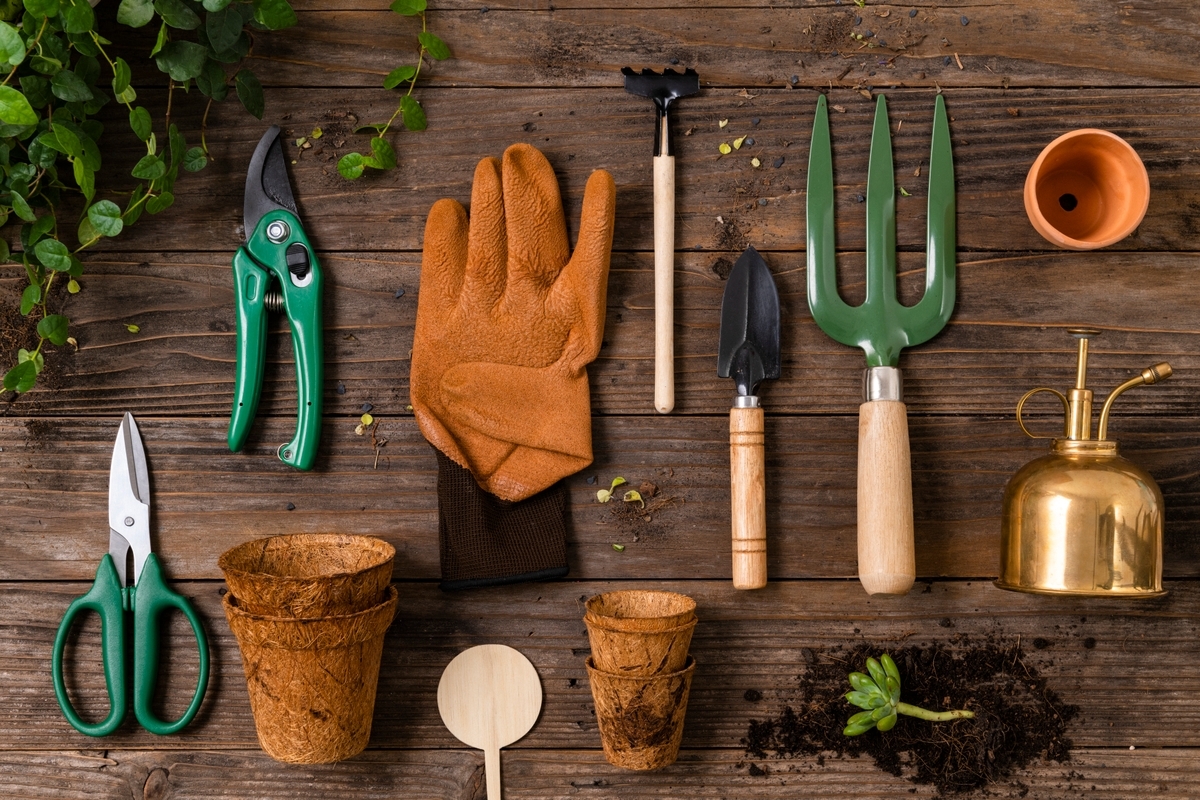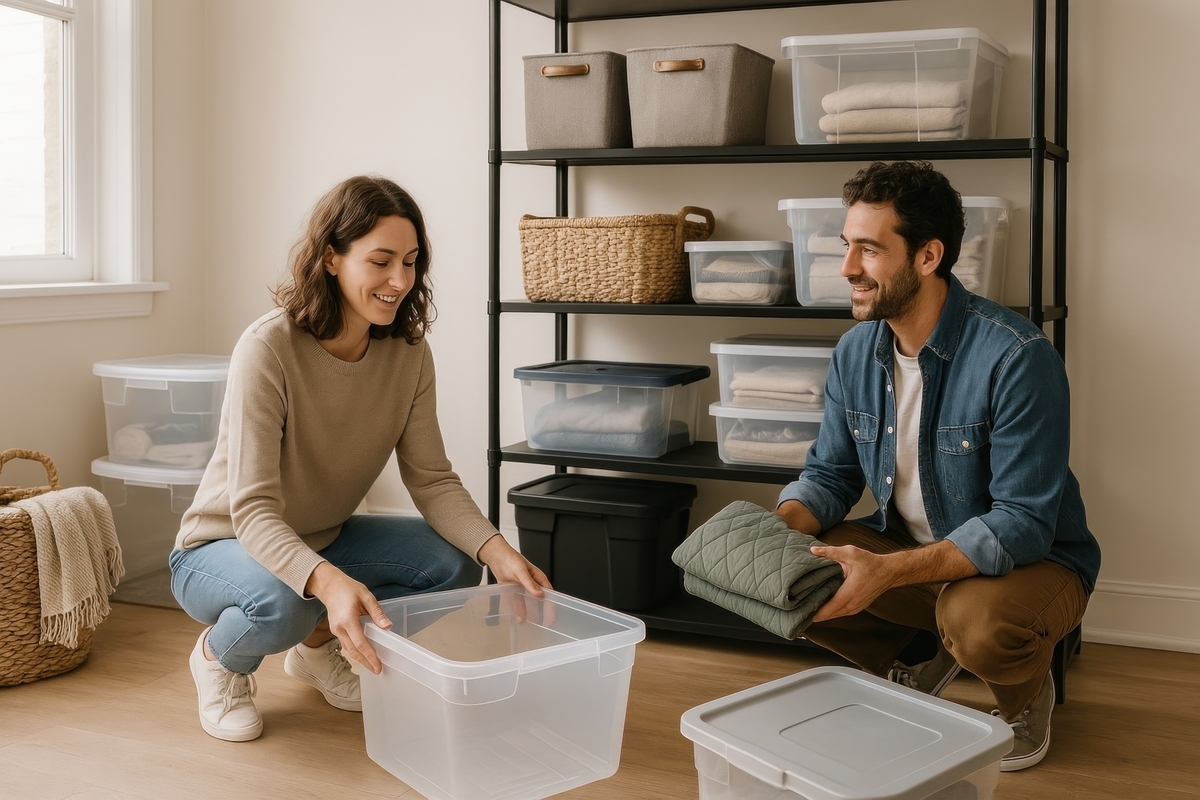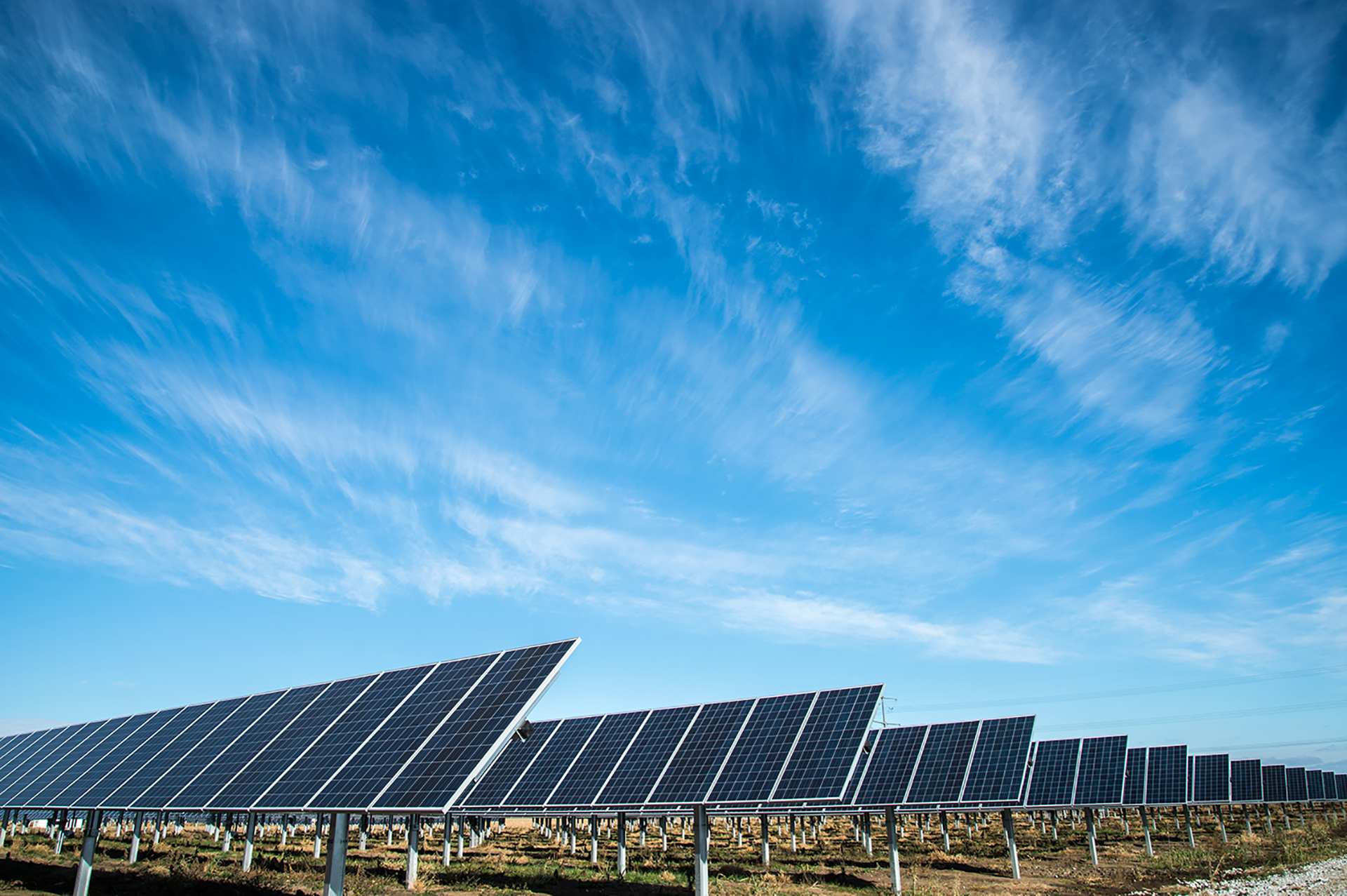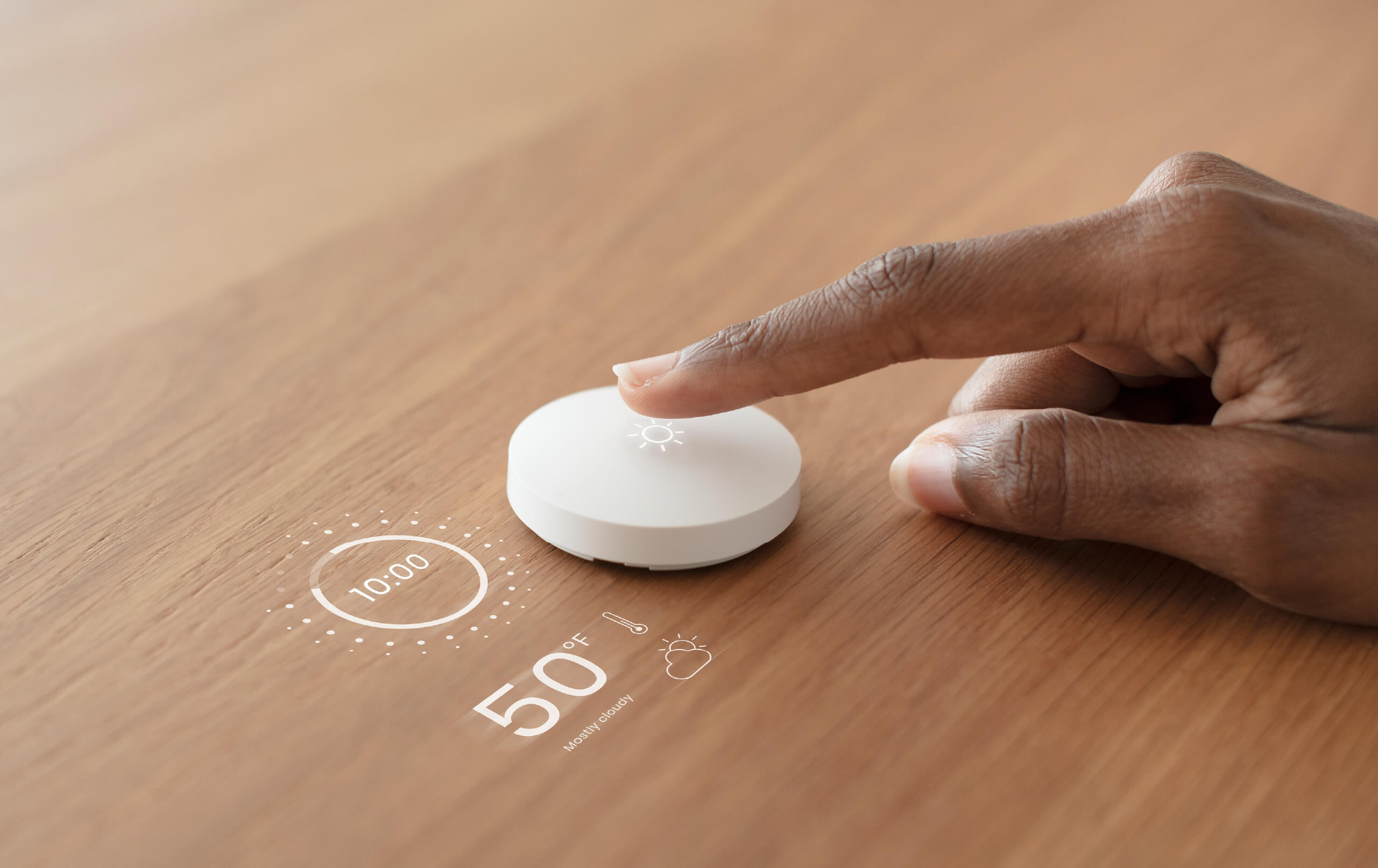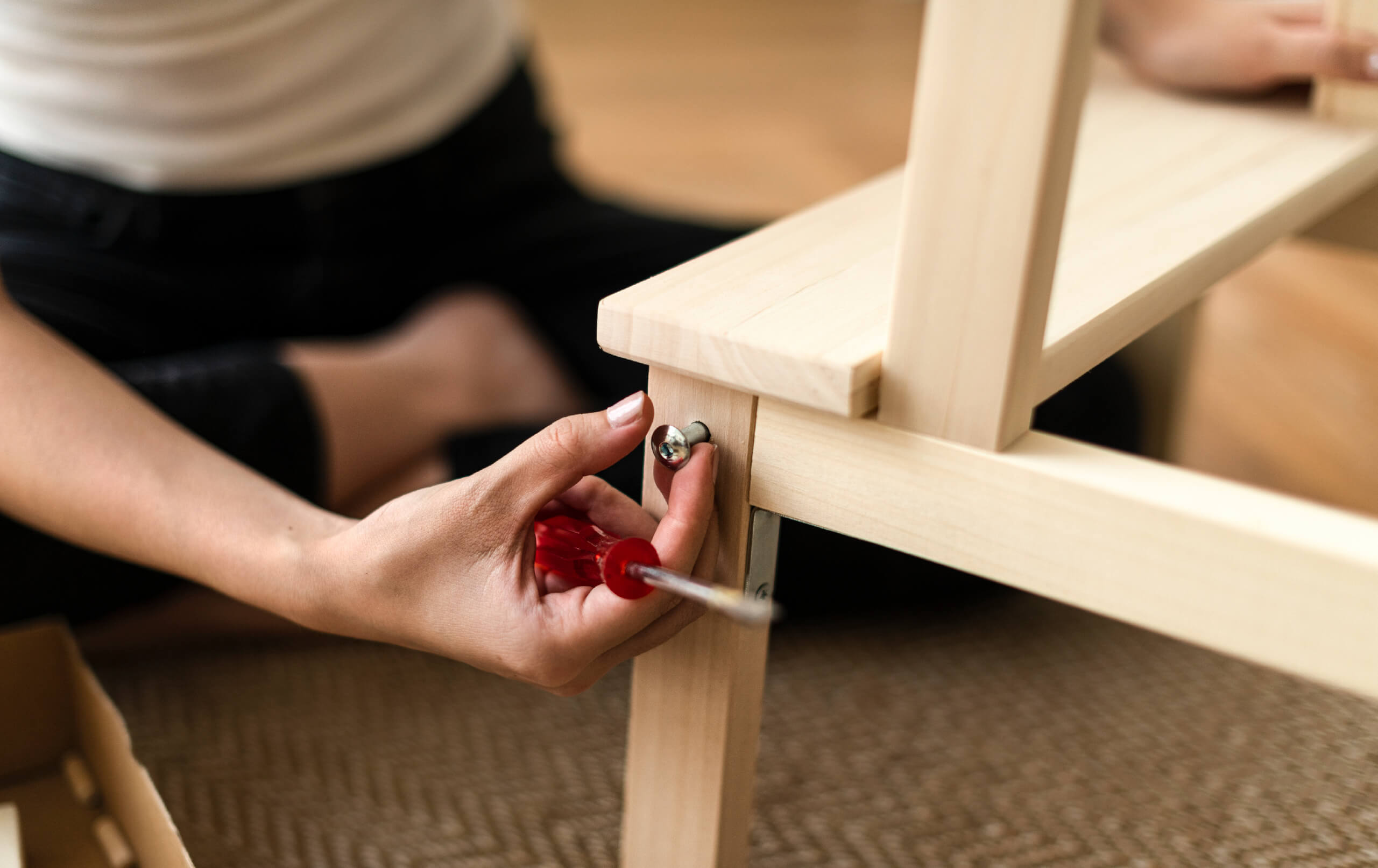10 Ways to a Sustainable and Simple Living
4 minute read
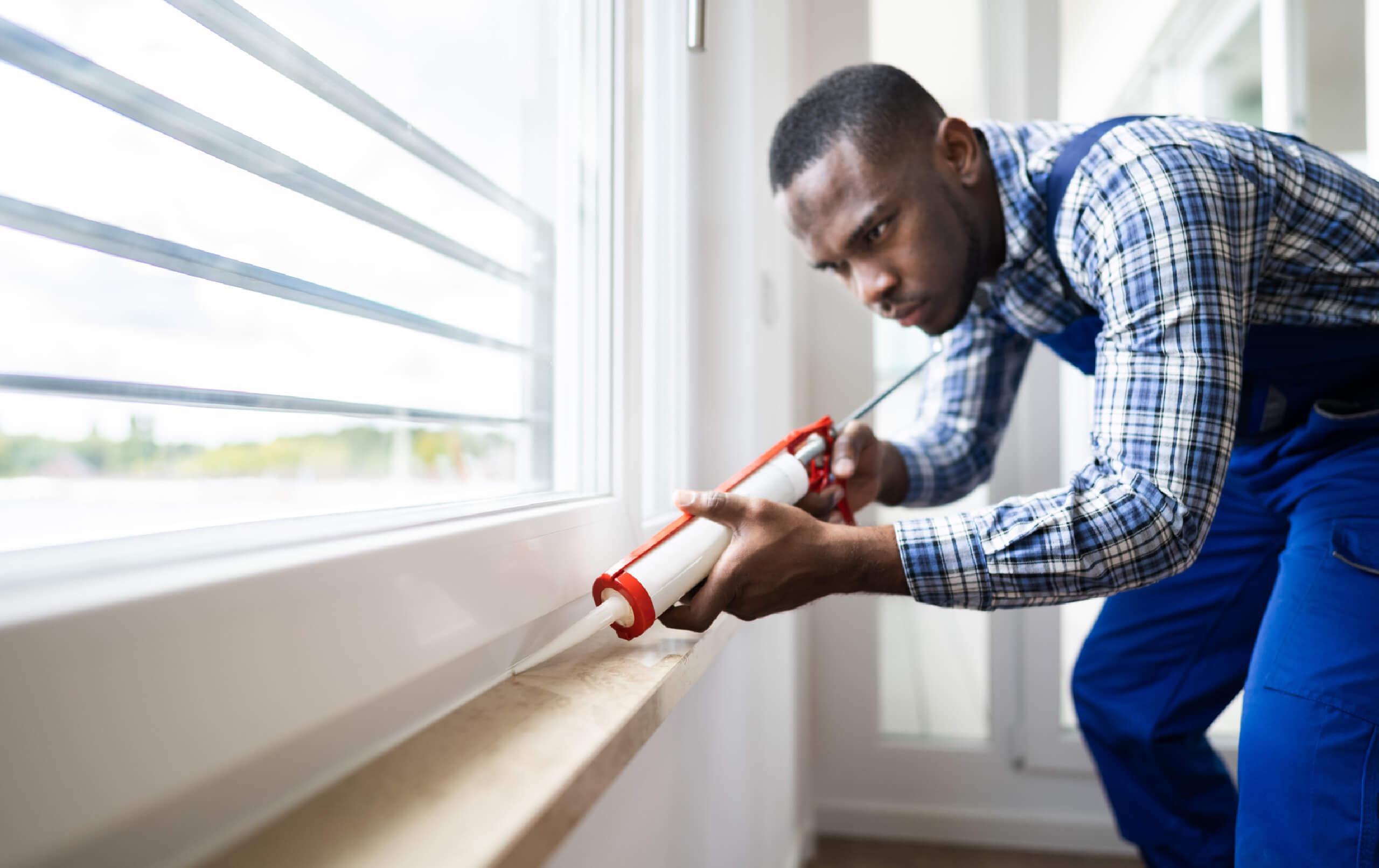
Embracing a lifestyle that generates less waste is vital for various reasons. One clear advantage is that it results in lower levels of pollution and the use of fewer resources.
You will not only be doing your part to protect the environment, but you will also see a reduction in your utility costs, an improvement in your home's energy efficiency, and a reduction in the amount of upkeep it will need over time.
Going green at home is now easier than it has ever been since there is a plethora of information readily accessible. Moving forward, we will explore 10 ways to a sustainable and simple living that homeowners can easily adopt.
Contents
- Purchase a recycling container and a compost container
- Grow a garden & decorate your home with plants
- Make your own drying rack
- Switch to LED light bulbs
- Install a smart thermostat
- Utilize eco cleaning products
- Filling the gaps between your floorboards
- Rainwater recollection systems & tankless water heaters
- Start using reusable fabrics rather than paper towels
1. Purchase a recycling container and a compost container
- It is important for everyone to give some thought to the manner in which we oversee the disposal of waste and the use of resources.
- Starting to recycle at home is as easy as designating some boxes for different types of materials, such as plastic, glass or paper.
- If you possess a recycle bin, you are more likely to recycle glass bottles, jars, paper, and other recyclable materials.
2. Grow a garden & decorate your home with plants
- Growing a garden reduces your carbon footprint, saves you money on food, and enables you and your family to get the health advantages of being green.
- Are you living in an apartment? Construct an urban garden using repurposed containers and planter boxes so you can grow your own veggies from waste and collect rainwater for plants!
- Once you have a flourishing collection of plants, you may reproduce them again and again, allowing a single plant to multiply and spread across the house.
3. Make your own drying rack
- It is easy to dry your own clothing, decreasing your home’s energy use more than you may realize. According to Direct Energy, the average energy cost per dryer load is 3.75 kWh.
- Old furniture is indeed a source of pieces for a drying rack: you can use a section of a crib or an old ladder to manufacture yours!
4. Switch to LED light bulbs
- Windows that leak may contribute to 30 % of a home’s heating and cooling energy use, so you should replace drafty windows with energy-efficient windows or install weather stripping to prevent air leaks and save energy costs.
- Cover windows with plastic for further insulation in regions with seasonal weather. To prevent air from fleeing your house, seal cracks in the garage floor and walls and insulate the garage door.
- Another easy DIY idea for sustainable living is to install weather stripping around your entrance door to avoid air leakage.
5. Install a smart thermostat
- Leaving the heater or air conditioner on throughout the day may significantly boost heating and cooling bills.
- By just altering the temperature while you are away from home, you may save electricity with a smart thermostat.
- According to the U.S. Department of Energy, you may save up to 10 % annually on heating and cooling by just adjusting your thermostat by 7°-10°F for 8 hours each day.
6. Utilize eco cleaning products
- Many common cleaning solutions comprising detergents, preservatives, or foaming agents are composed of various harmful compounds that wash into streams and rivers, generating water pollution that affects ecosystems and harms biodiversity.
- Switching to goods using sustainably produced or reared components and non-synthetics decreases exposure to hazardous chemicals damaging to individuals and the environment.
- Moreover, you may simply create your own natural cleansers by combining vinegar, lemon juice, and baking soda. This is a sustainable and less expensive option that decreases the number of hazardous chemicals and packaging waste in your house.
7. Filling the gaps between your floorboards
- As the wood increases in size in response to fluctuating humidity levels in the air, gaps between older floors are unavoidable. This produces unnecessary drafts that waste heating energy in your house.
- Floorboard gaps may be filled with dust, epoxy or acrylic fillers, or wood filler strips available at most DIY shops.
8. Rainwater recollection systems & tankless water heaters
- You may construct a rainwater harvesting system to collect and store roof rainfall in a tank to enhance your eco-friendly house. The collected water may subsequently be utilized for purposes such as flushing toilets and watering gardens.
- With tankless water heaters, there is no need to wait for the water to heat up. Tankless water heaters heat just the amount of water required as it passes through an electric coil.
- First, it saves extra energy expenditures since it only warms the quantity of water that is required, and second, by removing the hot water tank, you gain enough storage space.
9. Start using reusable fabrics rather than paper towels
- In our wasteful heyday, we would go through many rolls of paper towels. Well, you can easily switch to reusable cloths, such as microfiber towels, cotton dishrags, or even squares cut from old T-shirts.
- Maintain a stack of towels in drawers or baskets around the home so that they are readily available when family members need to clean up messes.
Hope these suggestions inspire you to initiate your journey towards sustainable and simple living.
